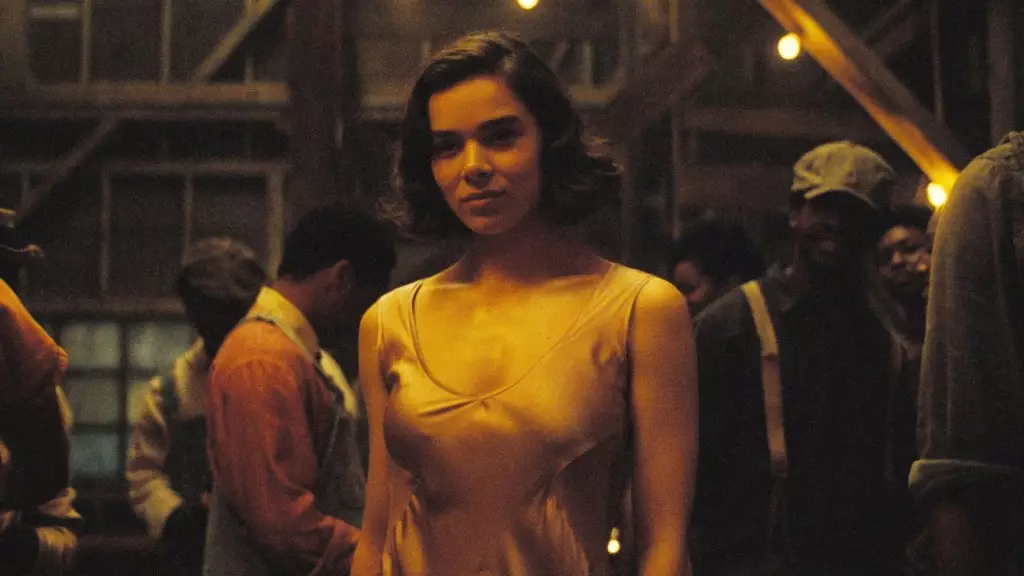Hailee Steinfeld’s portrayal of a multi-racial vampire in “Sinners” transcends mere performance; it is a visceral exploration of identity and heritage that resonates deeply within her own life experience. In a cinematic landscape often marred by formulaic representations, Steinfeld’s unique sense of connection to her character, Mary, exemplifies how art can bridge the gap between the supernatural and deeply personal narratives. Her openness about the film raising profound questions clarifies that this isn’t just a horror story set in the 1930s; it’s an introspective journey that compels both the audience and the actor to confront the weight of familial echoes buried in their ancestry.
This connection serves as a powerful lens through which we can examine the complexities of race and identity in America. Steinfeld, with her mixed heritage of Black and Filipino descent, embodies the struggles faced by many individuals navigating the murky waters of cultural assimilation and acceptance. By positioning her character in a historically rich yet turbulent time, the film does more than entertain; it challenges viewers to reflect on their own familial histories and the legacies they carry.
The Personal Meets the Supernatural
Interestingly, director Ryan Coogler’s own ties to the past enrich the film’s narrative fabric. He shares how his Uncle James, a Mississippi native, shaped his understanding of blues music—a cultural touchstone that becomes a narrative thread in “Sinners.” This intimate connection adds layers of meaning to the film, making it not just a story about vampires, but a gripping testament to the resilience of family legacies intertwined with supernatural mythos. Coogler’s insight reveals that our personal histories can haunt us just as much as any cinematic specter; the film bridges the gap between memory and myth, allowing audiences to witness how past traumas shape present realities.
What emerges is a palpable sensibility in storytelling that is at once intimate and expansive. “Sinners” seems to argue that the struggles of the past—whether they stem from institutional racism or personal loss—do not disappear; rather, they linger like ghosts, urging us to engage in dialogue with our own legacies. Coogler’s reflections on playing blues records to conjure memories of his late uncle evoke evocative imagery about how we summon those who have passed, forcing us to confront our grief alongside our pleasures.
A Call for Authentic Representation
Moreover, the film’s exploration of multi-racial identities within its character arcs underscores a critical conversation on representation in Hollywood. The casting of Steinfeld is more than a mere marketing tactic; it reflects a necessary shift towards authenticity and inclusion in the realms of storytelling. As audiences increasingly demand multifaceted portrayals of diverse experiences, “Sinners” dares to present a narrative that is both reflective of and groundbreaking for its time.
Yet, we must interrogate: how far have we truly come in advancing the conversation around race and representation in the film industry? While Steinfeld and Coogler have taken commendable steps toward rectifying the historical misrepresentation of minority voices, there remains a lingering urgency for the industry to embrace broader narratives that include all shades of life’s complexities.
In the end, “Sinners” serves not only as a platform for artistic expression but also as an imperative for greater understanding around the intricate tapestry of racial identities—inviting viewers to ask difficult but necessary questions about their own stories in a world where personal connections to the past may be our greatest source of strength.

